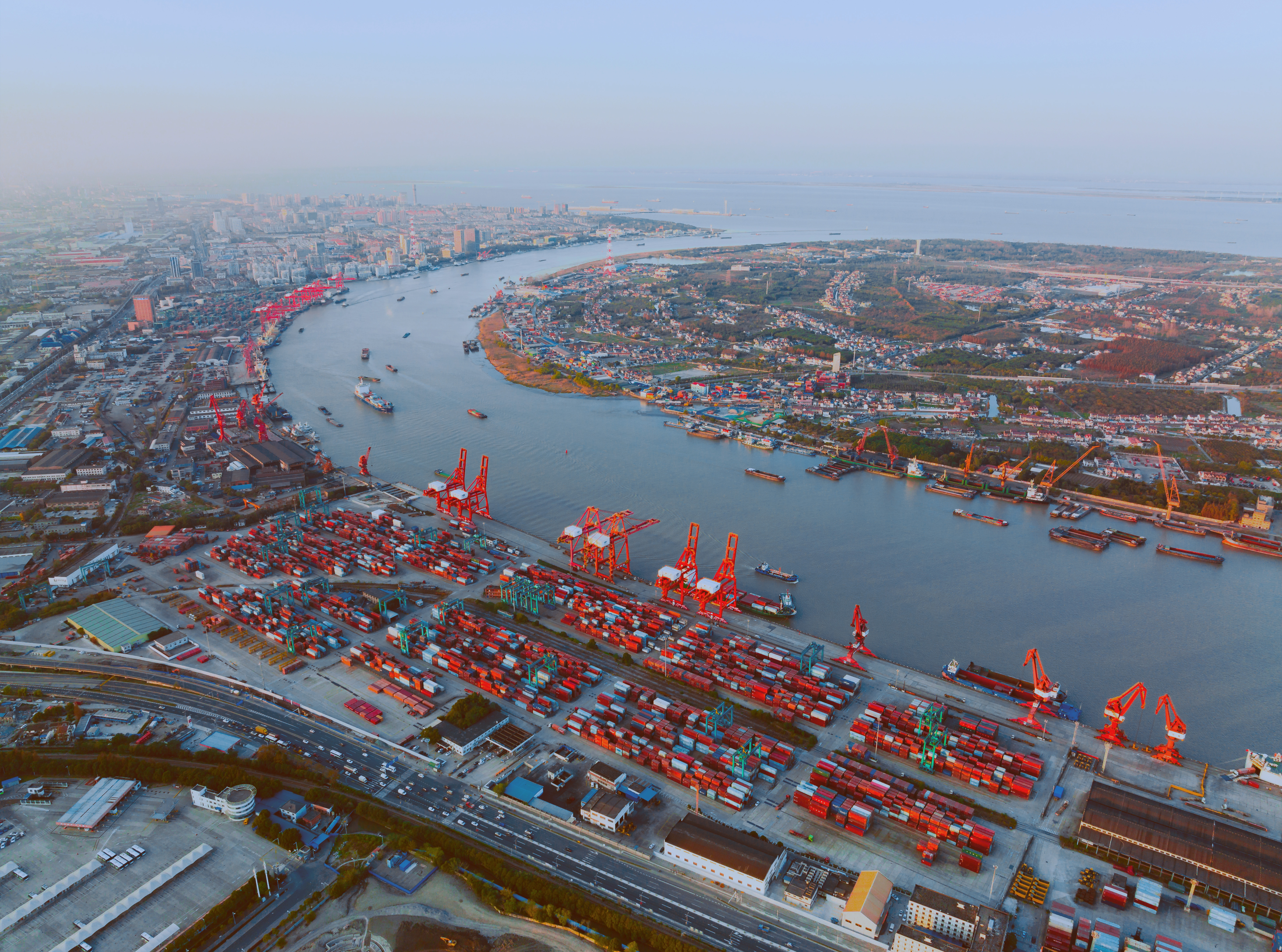In voluntary partnership with major shipping lines and cargo owners, the Ports of Los Angeles, Long Beach and Shanghai released a Green Shipping Corridor Implementation Plan Outline to accelerate emissions reductions on a key transpacific trading route.
Ports for People applauds Transpacific green shipping corridor and urges Ports to set mandatory decarbonization deadlines
LOS ANGELES, Calif. (September 25, 2023) — In voluntary partnership with major shipping lines and cargo owners, the Ports of Los Angeles, Long Beach and Shanghai released a Green Shipping Corridor Implementation Plan Outline to accelerate emissions reductions on a key transpacific trading route.
According to the plan, ocean shipping partners will begin deploying reduced or zero lifecycle carbon capable ships on the corridor before 2025, and demonstrate the feasibility of deploying the world’s first zero lifecycle carbon emission container ships by 2030. Ocean cargo partners include CMA CGM, COSCO Shipping Lines Co., Ltd., Maersk, and ONE. Core partners include the Shanghai International Port (Group) Co., Ltd., the China Classification Society, and the Maritime Technology Cooperation Centre of Asia.
Statement by Allyson Browne, Climate Campaign Director, Ports, Pacific Environment:
“We applaud this partnership’s effort to phase out fossil-fueled ocean cargo ships and ports, but the climate alarm is already ringing, loudly. We need to act with more urgency and put these shipping routes on mandatory decarbonization timelines.
Just last week, the UN Secretary General warned that ‘humanity has opened the gates of hell’ as we are heading toward a ‘dangerous and unstable world’ due to human-caused climate change. Meanwhile, ICCT estimates that shipping is on track to exceed its carbon budget as soon as 2032, even with the International Maritime Organization’s Revised GHG Reduction Strategy adopted this summer.
We must act now to peak the shipping sector’s global greenhouse gas emissions by December 31, 2024 and halve emissions by 2030, if we hope to remain within our planetary boundary of 1.5 degrees Celsius of global temperature rise.”
